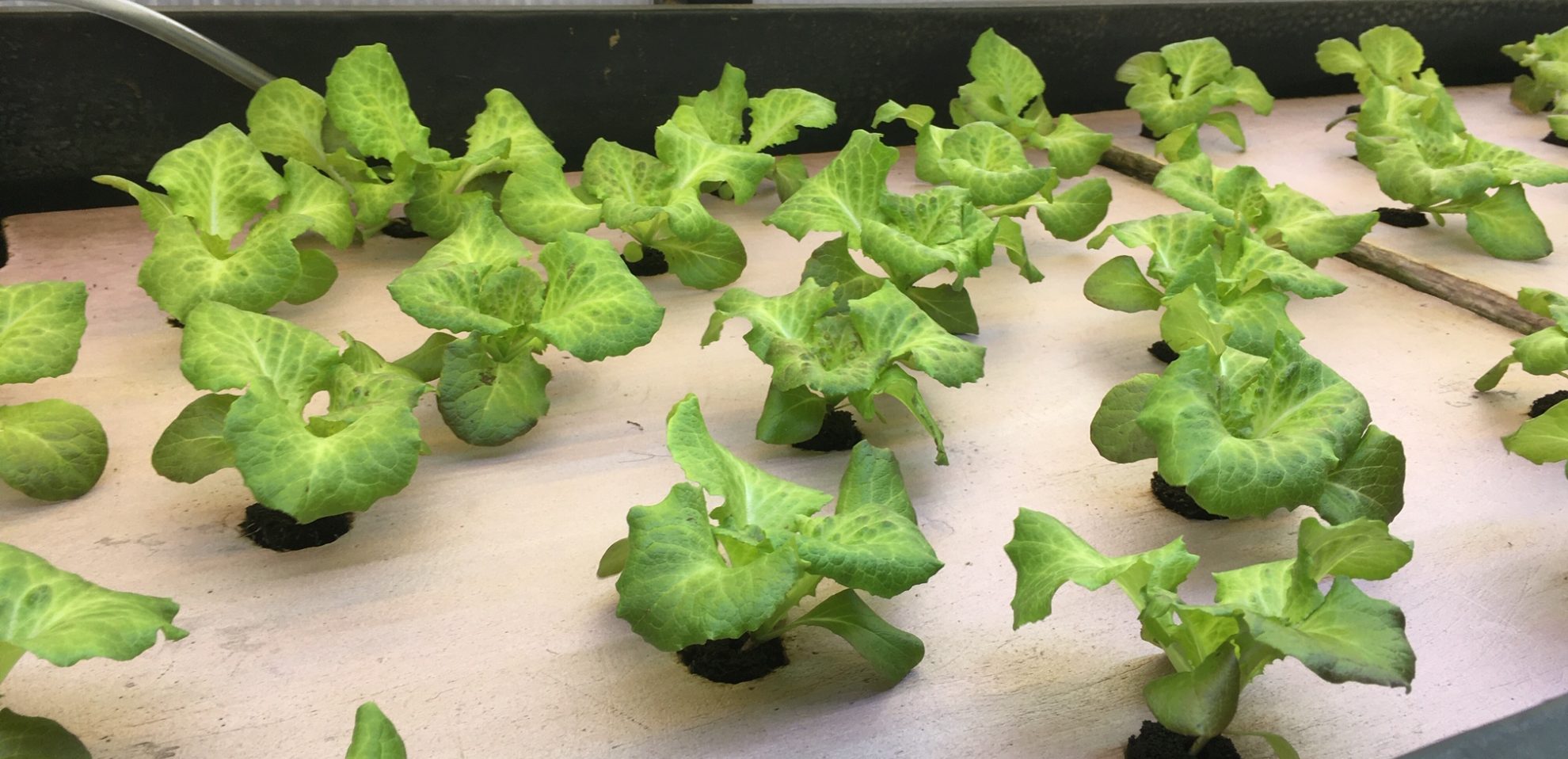Goldfish arrived in our home in the mid-90s. My oldest daughter was spending some summer break time with her grandparents when she came across an old fish tank in the garage. My mother gave her the tank and $5 then sent her home with the instructions to “tell your mother to go buy you some fish”.
While I was slightly perturbed at being told to acquire pets, I acquiesced. The 3 small goldfish outgrew the small tank which led to the purchase of a 10 gallon tank. Later it was supplemented by a 30 gallon tank. When the table for the 30 gallon tank started buckling under the weight of the water, we spent $250 on a proper stand for it which meant moving the 3 large goldfish into a kiddie pool in the living room while we transferred the tank and the water to the new stand.

Twenty-five years, a move and several donations later, we are back down to one 10-gallon tank. It houses Cedric Swimmery, the most recent “feeder fish” we saved from consumption by a larger fish.
During my recent leave from work, I visited during the Garden Festival at Disneyworld’s Epcot in Orlando. Though I didn’t make the effort to see every carefully manicured shrub, I did go on my favorite Disney ride, Living with the Land, twice. The ride brings visitors through a vast array of greenhouses that grow produce used throughout the park and resorts including 27,000 heads of lettuce. One of the first stops includes fish tanks. Water from the tanks is processed and used to help grow the greenhouse plants.

java apple and macadamia nut trees 
hybrid bass tanks 
papyrus and water plants 
peanut butter tree 
chocolate vines 
winter melons
In the fall I attended a conference at the Newnham campus of Seneca College. During the lunch break I got a chance to tour Ripple Farms. This converted two-level shipping container includes a tilapia tank and lettuce seedlings on the lower level. Ammonia from the water is removed through a tank system with beads and pumped up to a sunny second greenhouse/led light level where the lettuce seedlings moved after a month on the lower level and grown to maturity.
The lettuce is then used in Seneca’s cafeterias. Business and environmental tech students manage the day-to-day running of the operation as part of their academic programs. They explained that the system uses less space and water than traditional growth methods. It is amazing how much food can be produced in this small converted space.

outside structure 
seedlings 
lettuce under grow lights 
lettuce 
lettuce 
lettuce near maturity
Vertical and hydroponic growth are becoming more mainstream. In 2017, a food bank in BC was outfitted with a system by a company in Langley which specializes in these systems. Home systems are widely available online and through hardware stores in Canada. A local community college offers courses in urban gardening including verticals.
While our goldfish Cedric, is not part of a hydroponic system, we try not to waste water or fertilizer. I clean the fish tank every other week. Cleaned out water ends up in the front garden rather than going down the drain.
Given our limited garden space, I may look at vertical gardens or a living wall as future options. I just registered for my first continuing education course in gardening to get started on a plan to maximize my space. If you live in the Toronto area, you can check out these offerings. If not, look for options in garden centres, colleges or botanical gardens near you. Personal and garden growth should always be encouraged, even in small spaces.



Thanks for your weekly posts, Valerie… they help stave off my homesickness.
LikeLike
p.s. gorgeous photos, of course!
LikeLike
Miss you Shawn. Take care.
LikeLike